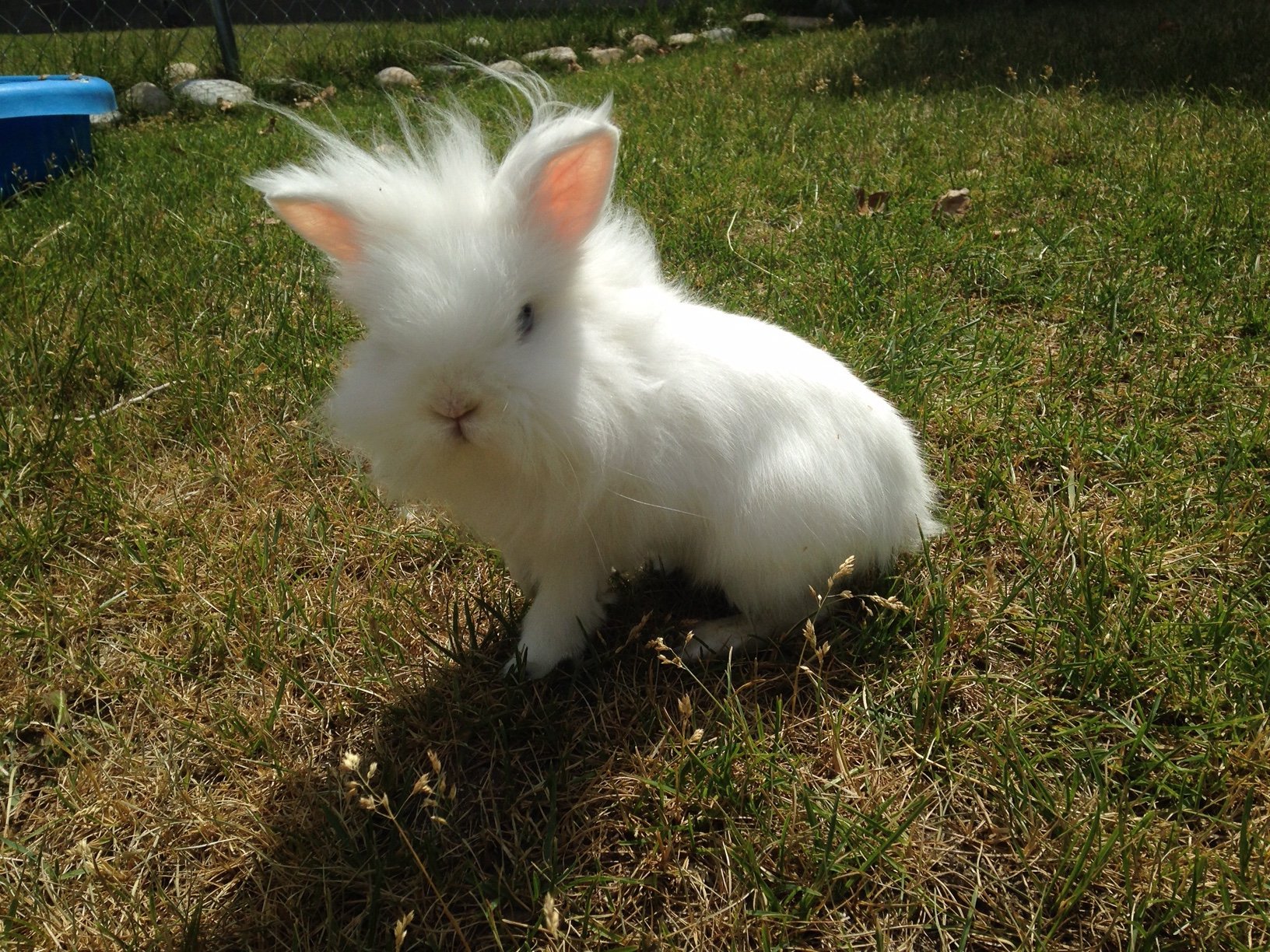What is RHDV2?
Rabbit Hemorrhagic Disease is a highly contagious viral disease with high infection and death rates in domestic and wild rabbits. The mortality rate for an infected rabbit is 80-100%
How is it spread?
RHDV2 can be spread in a variety of ways.
-Contamination in the environment: it can be in and on food, water, direct contact with live or deceased rabbits, equipment such as hutches, bedding, cage wire, and other things that your pet rabbit may have outside. If the hay that you buy is not properly quarantined after harvesting, that is a high-risk point of contact. Shoes or clothes if you have crossed paths with an infected rabbit can carry the particles.
-Fecal matter or rabbits that are infected, or even predators who may have eaten an infected rabbit
-Flies, dust, and respiratory droplets can also spread the virus.
-It is very resistant to extreme temperatures, as such, it can travel in any weather and stay on surfaces for a long time. In the environment and on other inanimate surfaces it can live for several months. It can survive on other animals as well (though rabbits, hares, and pika are the only animals who can contract RHD) and we are unsure of how long it can live on other animals; however it has been found to live on a housefly for up to a week.
What are the symptoms?
Rabbits can present symptoms such as poor appetite, depression, inactivity, and listlessness. They will have a fever, and some may present with bloody nasal discharge. Additional long-term infection symptoms can include jaundice, respiratory distress, diarrhea, weight loss, and bloating. Sudden, abrupt death can also occur without any symptoms showing.
What can you do to Prevent Infection prior to vaccination?
The best recommendation right now is to keep your rabbit indoors. The virus transfers via infected wild rabbits for the most part, and can linger in an environment for quite a while. We are unsure of exactly how long, but the current information indicates that it could be there for weeks or even months. You should also change your clothing upon entering your house and rabbit enclosure to ensure that you don’t bring something in on your shoes or pants. Wash hands before feeding or handling your rabbit. Do not bring a new rabbit into your home for the time being, as there is no way to know for sure if it is infected. If you are growing or harvesting ANY greens or veggies in your yard, ensure that you rinse them THOROUGHLY before giving them to your rabbit.
What are we at Wasatch Exotic Pet Care doing?
A U.S. manufactured vaccine has been developed and we are ready to administer it to any rabbits whose owners would like them. The first round of this vaccine is two injections, 21 days apart. While duration of immunity studies are still ongoing, we anticipate that this will likely be licensed as an annual vaccine.
As we gain more information about RHDV2, we will update this page.
Sources:
Rabbit Hemorrhagic Disease Fact Sheet, Washington State Department of Agriculture, Animal Services Division.
Rabbit Hemorrhagic Disease Factsheet for Rabbit Owners, Utah Department of Agriculture and Food Animal Health Program.

